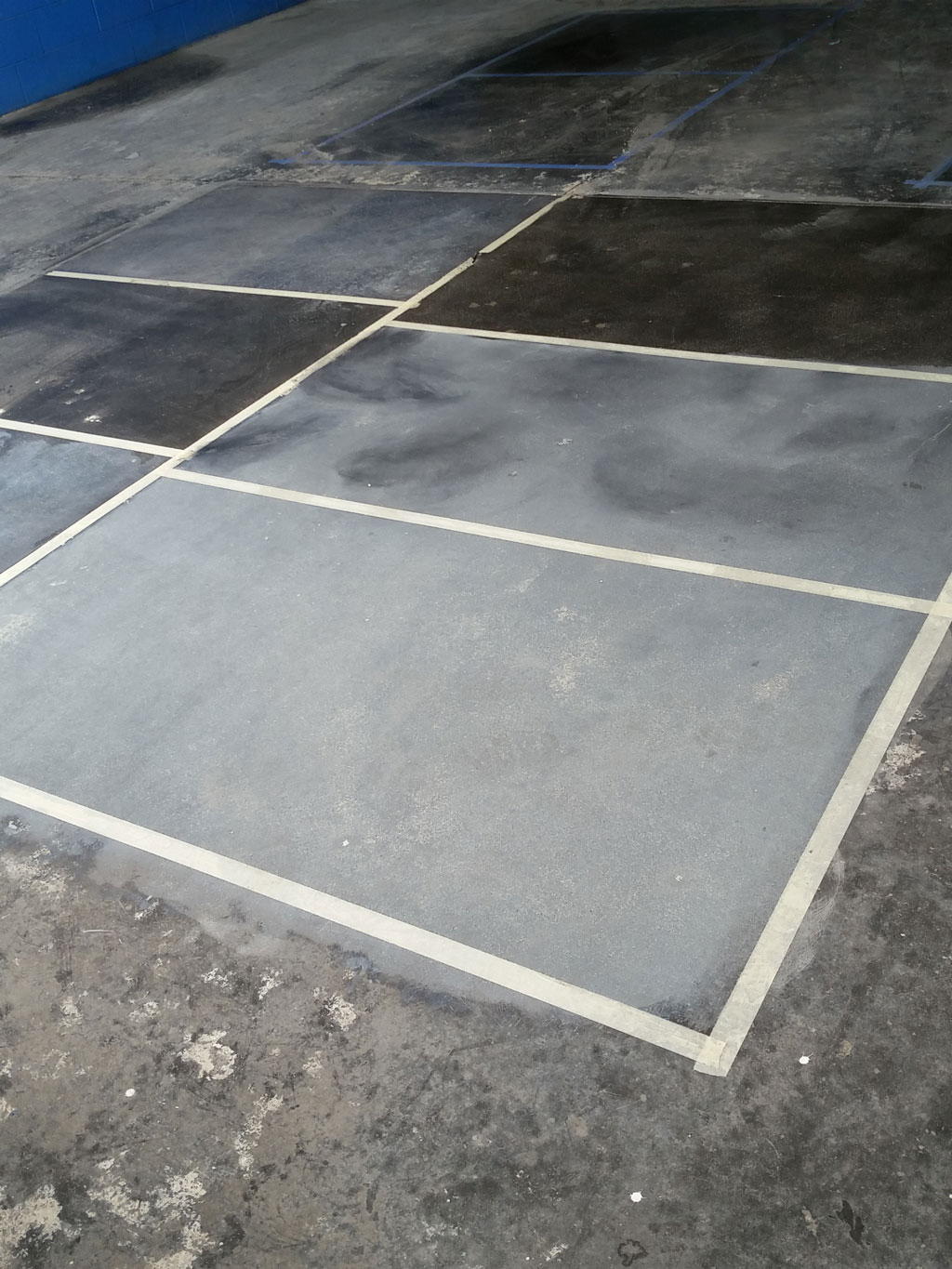Navigating the Color Selection Process

The concrete stain and dye color selection process is an important part of overall customer satisfaction . Numerous options – such as texture, sealer, pattern, and color – can make it difficult to predict the project’s end result. If you’re staining directly into the concrete, virtually no concrete slab is the same, causing the outcome to vary. Most likely, you will not have a completed overlay project nearby with the same combination of choices as your current one. While the color selection process can be difficult, we have a few tips to help you better manage the challenge:
Color Chart
It’s essential to have an accurate color chart on hand. Online color charts can help narrow down the choices to start, but you will want to finalize the process with something more accurate, as online colors and personal computer printers can vary quite a bit. Avoid printing out an online color chart or showing one that is just “similar” to the one that will be applied.
Color Samples
Ideally, you want to have physical samples of the available colors. Samples over gray and white substrates can help convey a more accurate outcome. The sheen and lighting of the sample can also affect how the color is perceived. And, a penetrating sealer makes a stain look darker than a topical water-based sealer. It will help to have examples of both, if those are the client’s options. Another good practice is to have part of the sample unsealed. This will guide the owner on how the color will change once the sealer is applied, and help avoid any customer dissatisfaction with perceived stain shade. (Learn more in The Importance of Mastering Samples.)
Color Approval
After a color is selected from either a chart or a sample, the next step is to get color approval on the job site. Getting a signature on the actual approved sample can solidify this decision. If you are staining into concrete, it is critical to have a sample created on the same slab. Concrete slabs can vary in color and condition, and generally have different porosity levels that can affect color absorption.
Also, the surface profile being stained or dyed can vary from project to project. A good practice is to get approval on a sample board or at an on-site area prior to application. In addition, a second approval is needed before the seal coat or finish coat is applied. It is always easier to deal with fallen expectations before the whole project is complete. Customer approvals at each step will make the customers more liable later if they are unsatisfied when the project is completed.
Managing Expectations
Perhaps the most important element of this finicky process is to communicate that the outcome to some degree is uncertain. The contract and color approval form that are signed before sealing the project should have wording that states the color will vary marginally. Incorporating these steps into the color approval process protects the contractor by shifting the responsibility of color selection to customers, and it helps ensure they are getting the color they chose.






